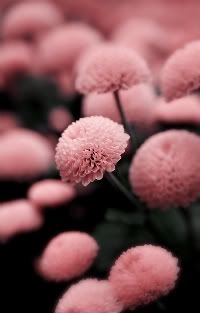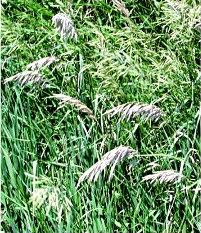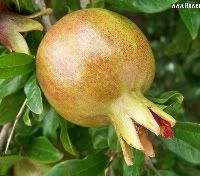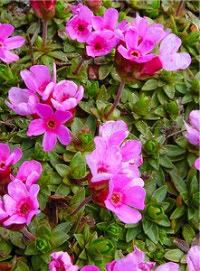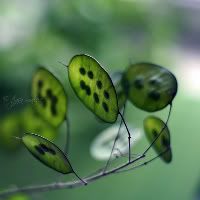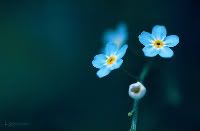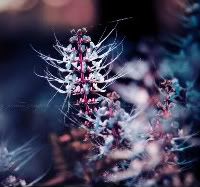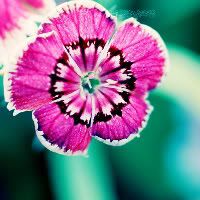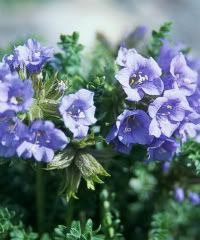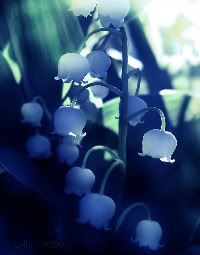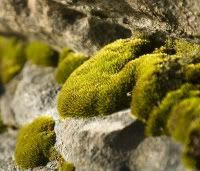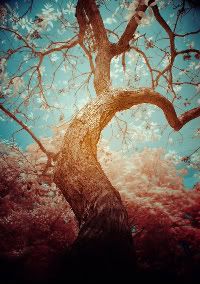| Image | Name | Characteristics |
 | Bighorn Sheep | Bighorn sheep are named for their large, curving horns, although only the males have them with the female’s being a lot smaller. The sheep live in herds wandering the Misty Peaks. They are very adept at scaling the rocky peaks of Lhavit. Unlike the Okomo, the bighorns are not very tameable – all past attempts at controlling the creatures have failed. |
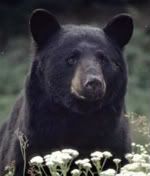 | Black Bear | The black bears tend to roam the Misty Peaks alone. They are generally not a threat to the people of Lhavit, since they stay away from the city, fearing human contact. However they will attack a person if one comes within range of the bears home. The black bears are on average 3.5ft tall at the shoulder and live on fruit and other mammals that live in the Peaks. |
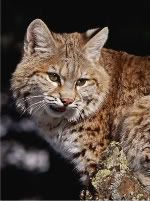 | Bobcat | The bobcat is very adaptable and can live in the Misty Peaks just as easily as the city of Lhavit itself. They are relatively small, no more than 60cm at the shoulder and have a distinct spotted coat. They are one of the main predators that aid in keeping the rabbit population down and so their occasional presence in the city is tolerated because of that. |
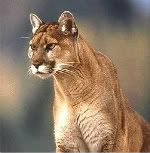 | Cougar | The cougar, or mountain lion, is a large predatory cat the lives on the Peaks. The cougar is a fairly slender cat, its lighter build and lean muscle structure enabling it to move around the ledges and outcrops with ease. Their coats are a tawny colour, with lighter undersides, and they have piercing yellow eyes. Cougars prey on mountain goats, elk and deer but will attack a human if threatened. |
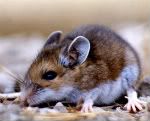 | Deer Mouse | Deer mice are very common around Lhavit, but incredibly hard to spot. They are called deer mice due to their ability to run very fast and for being able to jump. Deer mice are generally nocturnal, though they occasionally venture out during the daytime. They live in the Peaks and the city, and if one is found in a home, it should be removed right away as they like to gnaw on any wooden furnishings. |
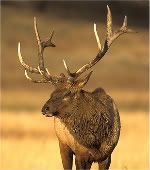 | Elk | The elk are an incredibly large species of deer, growing to around 4’3” at the shoulder. They roam in herds through the trees along the sides of the peaks, and the cries of the males during the spring can be heard in the city. The elk are a popular species to hunt, and their antlers make great trophies. Great efforts are taken to make sure the elk do not enter the city, for the will sometimes attack the Okomo, and can sometimes transmit diseases to them. |
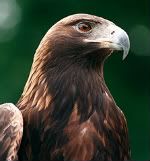 | Golden Eagle | Golden eagles live high in the Misty Peaks above the city. Golden eagles prey on a large selection of Lhavitian mammals including rabbits, marmots and even mountain goats. The wingspan can range anywhere from 6 – 7 feet wide. The eagles are sometimes seen perched on the tallest buildings in the city, and there are one or two citizens who keep the birds as pets, training them with falconry skills. |
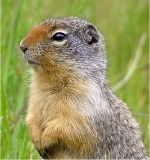 | Gopher | The gopher is a generally harmless rodent, and is extremely common in both the Misty Peaks and the city itself. While they pose no threat to health or livestock, they are notorious for ruining gardens. Gophers like to burrow, and in doing so they uproot garden flowers and shrubs, leaving large piles of dirt behind. The gophers are small, and while unwelcome by the majority of citizens, the children of Lhavit see them as cute little creatures. |
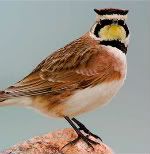 | Horned Lark | The horned lark is an easily recognisable bird thanks to its bright yellow face pattern. It is called a “Horned” lark because in the summer, the males have black, feathery horns. Unlike most of the other Lhavitian birds, the horned lark makes its nests on open ledges of rock, which makes them very vulnerable to predators. The lark is favoured among Lhavitian bird keepers for its pretty markings and trilling song. |
 | Lhavitian Squirrel | The Lhavitian Squirrel, referred to in the city as just a squirrel, is a very common rodent that lives in the trees in and around the city. They are dark in colour, ranging from a smoky grey to black, but they always have white undersides, including the underneath of the tail. The squirrels also have a tuft of dark fur on each ear to help keep them warm in the cooler climate. They are useful to the citizens, since they feed on fungi that is poisonous to humans, thus eliminating the threat from the city. |
 | Marmot | The marmots are basically large ground squirrels. They thrive on the rocky terrain of the Misty Peaks, making their homes in rockpiles where they hibernate throughout the winter season. They feed on the plants that cover the sides of the peaks and are very flighty – they will hide when anything approaches. As such, the marmots are never seen in the city, and are therefore accepted by the people since they pose no threat to gardens. |
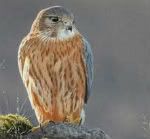 | Merlin | Like the golden eagle, the merlin preys on rodents that live in the Peaks. However they are significantly smaller, with 25 inch wingspan, and so are actually hunted by the larger eagles. The merlin is a very pretty bird. Their backs can range from silver-grey to black, and their undersides from fawn to an orange tint. They make their nests out on the peaks, not as high as the eagles, and they tend to shelter under overhangs. The merlin is popular among falconers – they are much easier to look after than eagles and are very striking. |
 | Misty Fox | The misty fox can only be found on the Peaks around Lhavit. They are a small canine, growing no more than 30cm at the shoulder. Their coats are pure white, and they are well adapted to survive in the colder mountain temperatures. They have fur on the undersides of their paws, small ears and noses and very thick fur. The foxes are very skittish, fearing human contact, and so they are extremely hard to find. Their fur used to be prized for garment creation, but since they were hunted to near extinction, killing a misty fox is now illegal. |
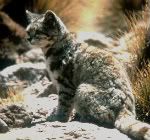 | Mountain Cat | The mountain cat, or Lhavitian Cat, is unique to the Lhavit region. They live in wild packs around the Misty Peaks, making their home in crevices and rockfalls, however they are also a popular pet. A few citizens have managed to domesticate the cats and now the Lhavit Cat is a popular pet for children. The mountain cat is very small, only fractionally bigger than a normal house cat. They are generally silvery coated with darker striped markings and thick tails. |
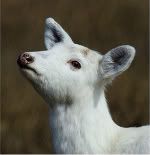 | Mountain Deer | The mountain deer are found much lower down the peaks than most of Lhavit’s other native wildlife. They roam in large herds feeding on shrubs and berry-fruits during the day and then split up into smaller groups at night to make it harder for any predators. The deer have large ears, and white coats with only the males possessing horns. They are a popular game species, and Lhavitians often travel down the peak to hunt them. |
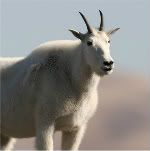 | Mountain Goat | Mountain goats are relatively common around the Misty Peaks. They are fairly large and white-coated, with both males and females having horns and beards. The goats are sure-footed and can traverse the sides of the Misty Peaks with ease. Domestication of these goats failed because they would try and flee back out to the Peaks when put in a stall or other hold. |
 | Northern Harrier | The harrier is yet another bird of prey found among the Misty Peaks. Their wingspan ranges from 4.5-5 feet, and they hunt on the larger rodent species, such as the marmots. The male bird is grey with lighter under-parts, while the female is mostly brown. As with the merlin, they are very popular among falconers due to their size. When tamed, the birds can be used to aid in hunting small game. |
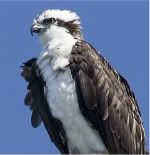 | Osprey | The Opsrey is not as common as the other large birds around Lhavit. It is a fish eating bird, and is therefore only present around the river and waterfall at the foot of The Zintia peak. Their wingspan can be anywhere from 4 – 6 feet. The feathers of the Osprey are a rich, glossy brown on the backs, with white undersides and golden eyes. They are not a good bird to keep, due to their tricky diet. |
 | Pika | The pika is a tiny mammal, growing no more that 9 inches long. They are active mostly during the day, and live both on the Peaks and in the city. The pika living on the Peaks make their homes in crevices and the city dwelling ones make small burrows in secluded garden areas. Pikas live in family groups of 4-5 and are generally unintrusive to Lhavitian family gardens. |
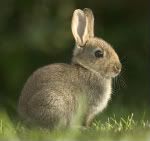 | Rabbit | Rabbits are incredibly common around Lhavit and the Peaks. The rabbits tend to thrive in the more wooded areas of the peaks, not faring quite so well on the bare rock faces. Their coats are generally a tawny brown, though they can also range from fawn to almost black. Rabbits in the city itself are often seen as pests as they eat flowers and plants that the citizens have taken care to plant in their gardens. They are sometimes kept as pets, but are not as popular as the mountain cat. |
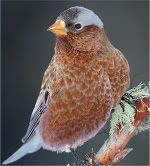 | Rosy Finch | The rosy finch is a relatively uncommon bird found around Lhavit. They are very small, their wingspan no more than 1.3 inches and have a light, chirruping call. They have pink-tinted brown feathers on their backs and undersides, with wing feathers being much pinker. The heads and tail tips range from grey to black. The rosy finch feeds on grain, seeds and small berry-fruits. They are a popular bird for bird-keepers due to their pretty colouring and relative rareness. |
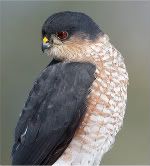 | Sharp-Shinned Hawk | Commonly referred to as “Sharpies”, the sharp-shinned hawk is another predatory bird that nests in the Peaks. They nest about halfway up the Peaks, rarely entering the city itself due to the higher elevation. Their wingspan is around 22 inches, and the birds are generally a slate-grey colour with light fawn undersides. Eyes can range from golden to orange, while the legs are yellow. They hunt on the smaller mammals like rabbits and mice. The “Sharpies” are uncommon to find in a falconers stock, since they don’t fare too well in the city, and can be quite violent. |
 | Snowshoe Hare | The snowshoe hare is very similar to the rabbit, but there are obvious differences that set it apart. The hare has much longer hind legs, larger ears and is generally bigger overall. Like the rabbit, they eat vegetation, but they don’t venture into the city too often. The snowshoe hare has varying coat colours. During the warmer seasons their coats are a tawny brown, while in the cooler periods they have brilliant white pelts. |
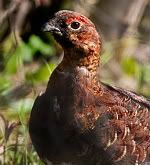 | Willow Goose | The willow goose is a bird that has been bred domestically. It is by no means a pet bird though. The feathers are used to create quills, and it is a popular meat among the citizens of Lhavit. The feathers are a marbled brown and white which are very popular for quill use, however the willow goose turns completely white in the winter season. As well as their meat, the eggs of the willow goose are also a delicacy. |
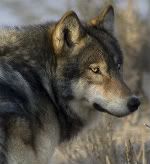 | Wolf | The wolf is one of the primary predators around Lhavit, along with the bear and cougar. Wolves travel in packs ranging from 2-6 members on average. The coat colours range from white and cream, through to brown, grey and black, and the coats of all Lhavitian wolves are always thick to protect against the cooler climate. Occasionally a wolf will venture into the city and cause havoc among the Okomo herds, though the Shinya try to prevent this the best they can. |
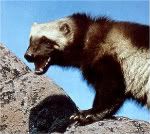 | Wolverine | The wolverine almost looks like a miniature bear. They are quite violent and deceptively strong, able to take prey much bigger than itself. They hunt anything from rabbits to deer, staying protected from attack and cold thanks to their sharp teeth and thick hides. When threatened, wolverines will hiss before attacking, so caution is extremely necessary when one is encountered. They live in the Peaks very close to the city, though they are kept out of the city through force. |
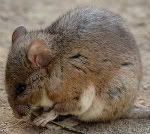 | Woodrat | The woodrat is very similar to the deer mouse, though it is bigger and marginally slower. The woodrat is always a tawny brown colour with “fluffy” pelts to retain warmth. Like the mouse, the woodrat can be found in both the city and the Peaks, though it changes on the time of year. In the warmer months they live in the city, building nests for breeding, and in the cooler months they move out onto the peaks and take up residence in the crevices. |
![]() by Aspen on August 31st, 2011, 5:25 pm
by Aspen on August 31st, 2011, 5:25 pm ![]() by Aspen on August 31st, 2011, 5:25 pm
by Aspen on August 31st, 2011, 5:25 pm ![]() by Aspen on August 31st, 2011, 5:26 pm
by Aspen on August 31st, 2011, 5:26 pm 
